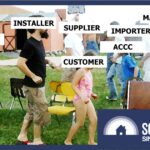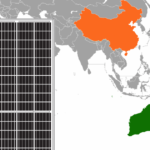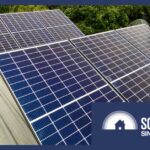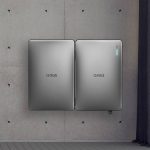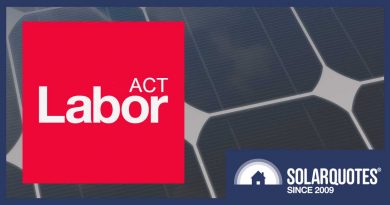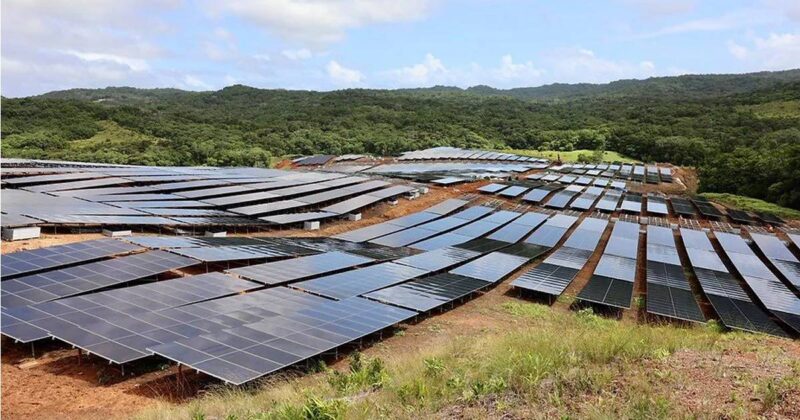Tesla Powerwall Warranty Claim Turns To Nightmare

As a solar and/or home battery owner in Australia, it is generally assumed that the first point of contact in a warranty claim would be the installer. After all, they sold you the product, so shouldn’t they also come to the rescue when it stops working?
Yes… but sometimes no.
A SolarQuotes reader and solar/battery owner recently told us of his experience when forced to deal directly with the manufacturer in a warranty claim, and pointed out the shortcomings.
Understanding The Pecking Order
We all know that goods sold in Australia are automatically guaranteed to be of acceptable quality and fit for purpose under Australian Consumer Law (ACL). There are also warranties given by the manufacturer/retailer in addition to the consumer rights laid out under ACL.
That’s all well and good, however, there’s nothing in the legislation that explains how this must be achieved, and what the pecking order is at the unfortunate time of making a warranty claim. It may not be as simple as ‘taking it back to the shop where you bought it.’
When to deal directly with the manufacturer
There are several situations in which solar and/or battery owners may need to bypass the installer and contact the manufacturer directly:
- Technical support
If the owner requires assistance with the battery system’s operation, configuration, or troubleshooting, the manufacturer may have dedicated customer support channels to address technical queries and provide guidance. - Certain warranty claims
The warranty terms may stipulate that the owner should contact the manufacturer directly to initiate a warranty claim. In such cases, the manufacturer typically has their own warranty claim process. - Installer unavailability or closure
Suppose the installer of the home battery system is no longer in business, unavailable, or unable to provide support. In that case, the owner may need to go directly to the manufacturer for assistance. - Product recalls or safety issues
In the event of a product recall or safety-related issue with the home battery, the owner must contact the manufacturer immediately. They will provide guidance on the appropriate action. - Dispute resolution
In cases where there are disputes between the home battery owner and the installer, it may be necessary to involve the manufacturer to facilitate dispute resolution.
Doug’s Dilemma
Doug Dale had nearly five years of solid performance from his Tesla Powerwall 2. It performed exceptionally well up until November 2022 when it stopped reporting and would neither charge nor discharge.
“I would use the Tesla app to see what my system was actually doing rather than the Enphase app while I was going through the inverter issue,” says Doug.
The ‘inverter issue’ Doug is referring to is a whole ‘nother story! Back to the Powerwall problem.
“I ran through the app diagnostic to restart, as I thought the battery might have gone flat. After that didn’t work, it was onto the Tesla phone support merry-go-round!”
Tesla support merry-go-round
With regard to technical support and warranty claims, Tesla is in categories 1 and 2 previously mentioned above. Rather than pick up the phone and call the installer, they prefer the customer go through a character-building troubleshooting process which could last up to several months. Here is their chosen method of torture:
- Step 1: Locate the relevant troubleshooting section below if your system is experiencing a problem.
- Step 2: Click the ‘Troubleshoot’ button in that section to start the process. You will be asked to log in to your Tesla Account and complete a few preliminary troubleshooting steps.
- Step 3: If your issue still isn’t resolved, we’ll connect you with a technical support agent.
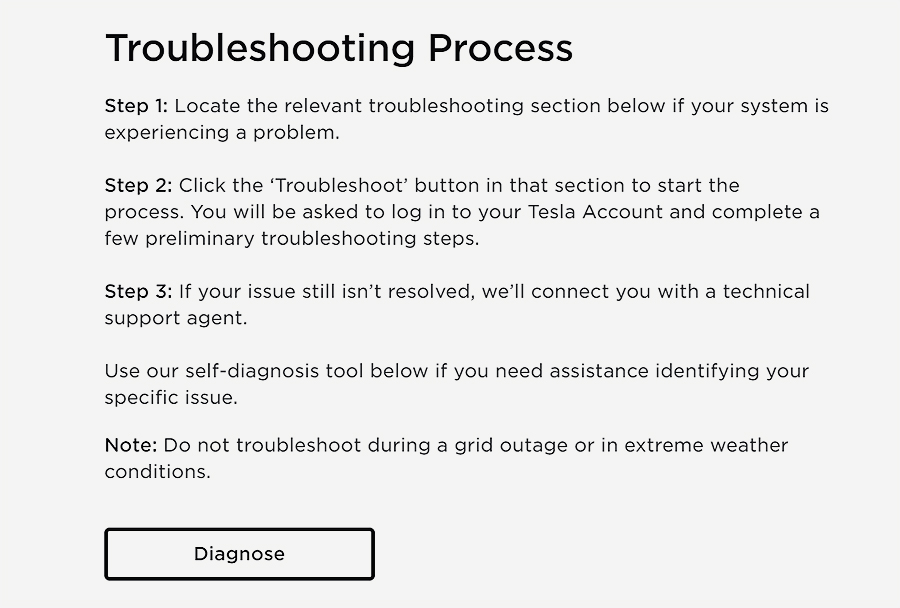
Tesla Powerwall 2 troubleshooting webpage – The first step before jumping on the support merry-go-round. Image: Tesla
Back to Doug:
“Since November 22nd I have been on the phone countless times to Tesla. The time difference is a shocker. They advised me my issue needed to be escalated and that would take 32 calendar days! After 32 days I had to chase them when they advised me my installer would need to fix it! I advised them my installer no longer installed Tesla.”
Triple whammy!
That’s right, the installer no longer installs Tesla! Not only is Doug stuck in categories 1 and 2 above when it comes to support, but also fits into category 3, where the installer is unable to provide support, albeit through no fault of his own.
A short side story
Being an authorized Tesla installer does not automatically make a company a licensed Tesla support provider. Doug’s installer is not allowed to carry out repair work on Tesla equipment as they are not registered/licensed.
The company had previously sent two employees to Telsa in Brisbane to get qualified as repairers. However, after spending ten days there completing the required training, the installer claims Tesla told them they would need to spend a further $30K to get licensed as a Tesla support provider.
Before the installer could even consider the offer, they say Tesla advised them they weren’t a big enough company so they withdrew the offer. The installer then parted ways with Tesla and now doesn’t touch their equipment.
Back to the main story
Doug, the pragmatic man he is, decided to use his time more effectively while waiting for Tesla to make their next move. Being an electrician himself, he put his skills to work.
He got a friend to give him a hand to fault find the problem. They were able to diagnose that the most likely cause was either a fault in the gateway comms CPU or the comms unit in the battery. The dacron cables joining the gateway and battery were belled and found to be fine. Without other diagnostic equipment, that was about all they could do.
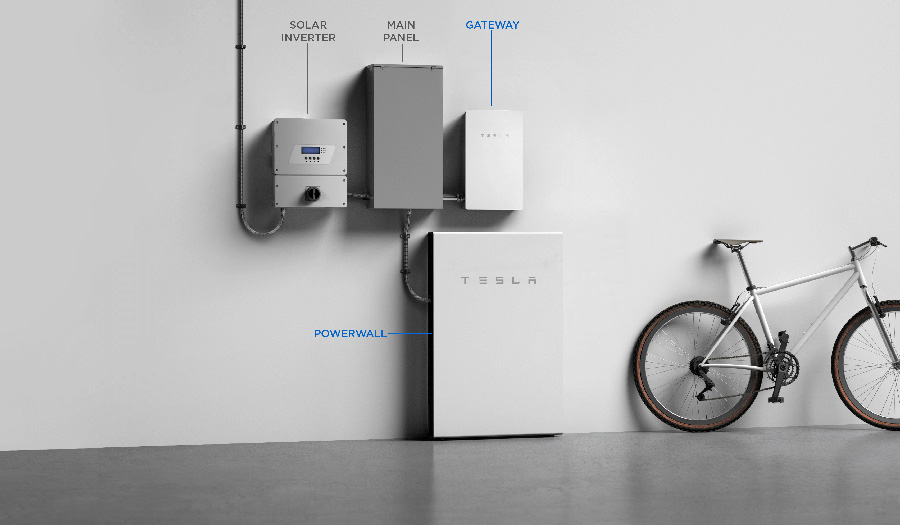
Doug’s gateway and battery weren’t talking to each other. In fact, they wouldn’t even agree to appear in the same photo together, so this generic one will have to do. Image: Tesla
“Two weeks later, after multiple phone calls, their excuse being they are very busy (buying Twitter and flying to Mars no doubt), they admitted that my installer was not certified, and they would send a Tesla technician out, as there are no other installers in Townsville. They couldn’t give me a date when that would happen.”
Doug is a very patient man, but humans have limits.
“I said that was not good enough, I had had enough. We are now four months without a battery and I wanted to speak to their supervisor. I was told that wasn’t possible, not because the person had no supervisor, but that he was not able/wanted to or not allowed to escalate to that person. I was furious, to say the least.”
Another two weeks pass
I had been in contact with Doug during the latter part of his story unfolding. He was kind enough to update me as things were progressing.
“Two weeks later I get a phone call from a local installer who had just become certified to work on Tesla repair support. They came out at the agreed time and confirmed it was the gateway unit causing the problems. They will be back to replace the unit subject to the parts arriving this Thursday.”
Doug’s next update
“The repairer turned up as planned. They were running a little late but rang to advise me before they were due. Customer service – big tick. The new comms unit was installed in under 30 minutes. We could pick up its wifi signal straight away – a good sign.”
The new comms unit essentially creates a new entity on the Tesla network so when a new unit is installed it takes Tesla about 24 hours to detect it and set it up on their system so the performance can be viewed on the webpage and their app.
“Unfortunately we still couldn’t commission the new device. The installer jumped on the hotline. It still took them about two hours to realise the new unit had an expired certificate. Essentially Tesla had provided superseded (old) stock that isn’t supported anymore.”
“The Repairman wasn’t impressed, having wasted about three hours at my place trying to fit a device that would never have worked. A new unit is now ordered and will be fitted on 2nd May, fingers crossed. Can’t see how they can put a spacecraft on Mars, can you? Looking forward to Tesla sending me a feedback form.”
About a month later
The new gateway device arrived and was successfully installed. There was a small hiccup when the installer had the CTs around the wrong way, but soon rectified after noticing the power monitoring being all over the shop. Repairs were all under warranty so no cost to the customer, although he was without a battery for almost six months.
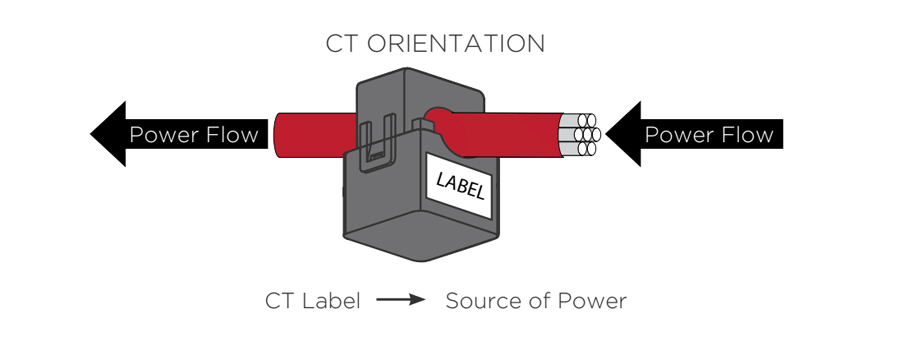
CT orientation (straight from the Tesla installation manual.) It wouldn’t be the first or the last time one of these bad boys was installed back-to-front. Image: Tesla
“I’m glad the saga is over. I’ve been on this planet for 58 years and this is by far my worst customer support experience to date. Interesting that I haven’t received a ‘How did we go, rate our performance’ email yet from Tesla!”
Is Our New Reality Good Enough?
Doug’s pragmatic approach and patience earned him a good outcome, with his battery once again ticking along perfectly.
One could say that it’s not worth dealing with a company that requires the customer to jump through all the warranty hoops, rather than the installer/retailer, but I’d like to point out two things:
- Customers rarely buy a product based on the warranty claims process. In fact, I’d be surprised if anyone reading this would even know who should be their first point of contact in a warranty claim, without first checking the paperwork.
- Regardless of the product, we’re all destined to spend much of our valuable time either going in circles on a troubleshooting website or waiting endlessly on a customer support line. It’s impossible to escape these days.
Is acceptance of the system the answer? Or are some companies lagging in treating their customers with respect? I’ll leave Doug with the final words on that.
Doug’s Thoughts On Tesla
“There is only one root cause in this saga, and that is Tesla! Of the six months of delays and obstructions, five of them lay fairly and squarely at Tesla’s feet. Dealing with their call centre in the US (time zone hell) after stuffing around on their app to diagnose the problem (which is what you are supposed to do) was painful.”
“Their turnaround time of thirty-two days to escalate to tier 2 technical support is just not good enough. You can’t ask to speak to a call centre supervisor if you’re not happy with the ‘do you want fries with that’ response is likewise poor.”
“Their treatment of installers is rubbish. They too have to go through the call centre, which can take hours. Tesla supplied the wrong gateway (after 5 months of delay). I’m not sure how the repairer got on getting reimbursed the 6 hours on site and god knows how many offsite hours on my job.”
“I see they have a good product when it’s working. High-quality manufacturing and generally reliable. High prices, like their cars, and no doubt like their cars the after-sales support is woeful.”
Original Source: https://www.solarquotes.com.au/blog/powerwall-warranty-claim-nightmare/



